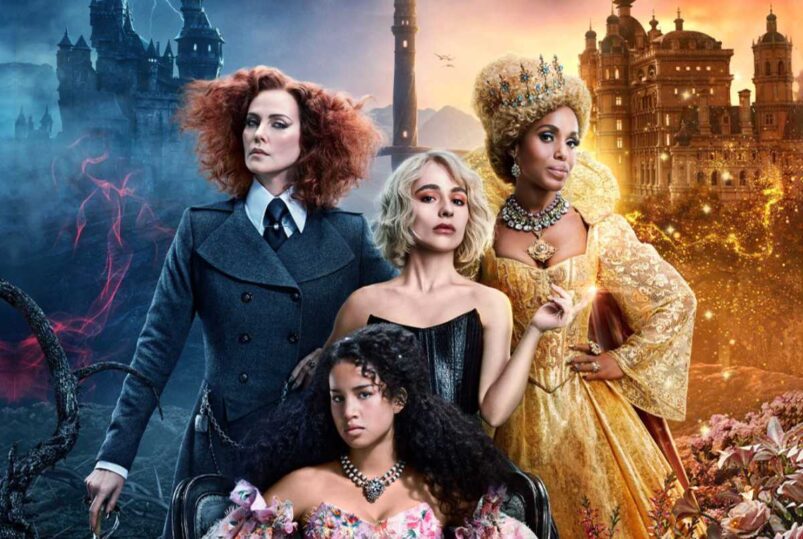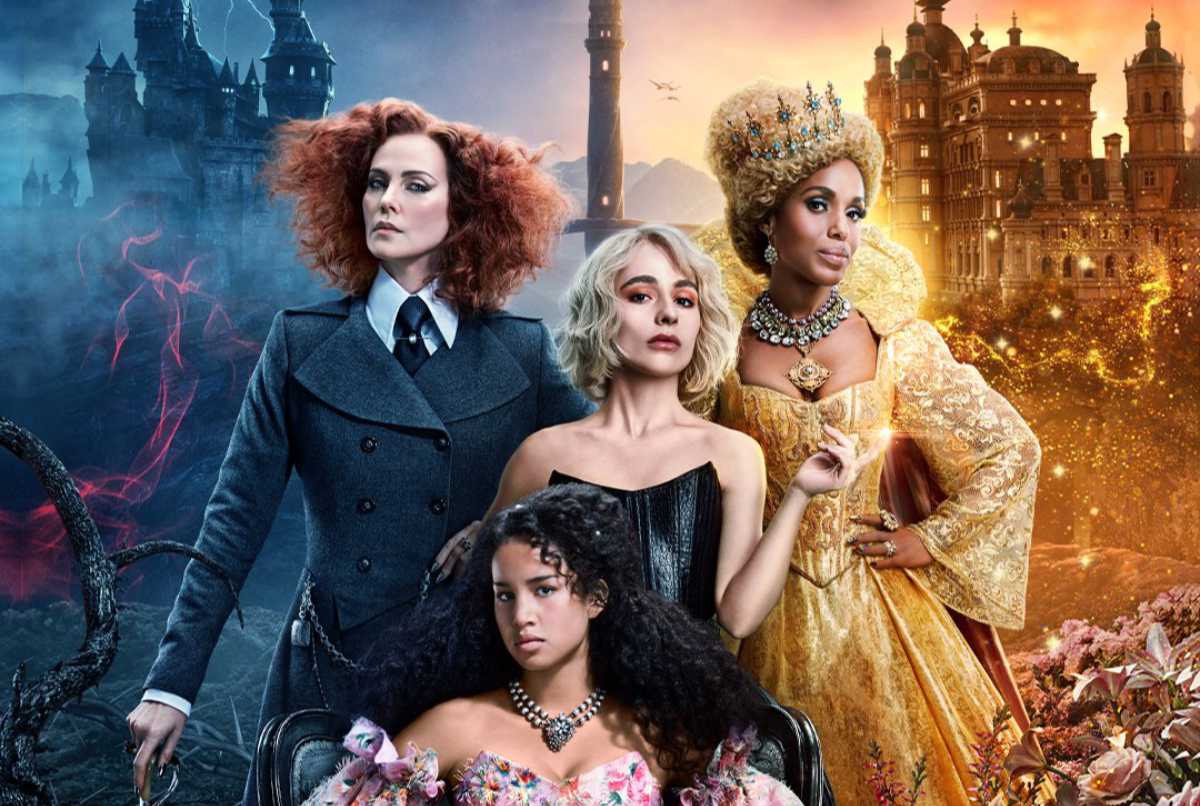The School For Good and Evil seemed like a blatant Harry Potter wannabe from the teasers and trailers. Its story also centers on generally-outcast kids setting off to a mysterious, magical school with multiple houses — or in this case, schools under a singular institution. And it also features the students being taught and trained by an array of eccentric professors, and often ending up in battles of good vs. evil.
But what starts off as an all-to-familiar story is able to become just about different enough to be not labeled as a copy, thanks to differing themes and questions unearthed, carried through by laudable performances. Although touted for his comedy films, director Paul Feig is able to bring a unique flair to this young adult fantasy story. He ultimately crafts a film that — despite the likes of its visual fallouts and questionable song choices — is by no means super amazing or anything, but a fun watch, especially for fantasy genre enjoyers.
The School for Good and Evil follows the story of two best friends, Sophie (Sophia Ann Caruso) and Agatha (Sofia Wylie), who are outcasts in a fictional village of Gavaldon. After they learn of a mysterious school called the School for Good and Evil from a local bookshop keeper, Sophie fully realizes how sick she is of her dreary life, and writes a letter to the school that she puts in a wishing tree, which unknowingly ends up getting her and Agatha enrolled there.
Soon enough, the two are swept off to the School for Good and Evil and immediately face major problems — not only are they dropped off at separate schools — but Sophie’s stuck at the School for Evil. With Sophie distraught at being deemed evil and Agatha yearning for home, the plot thickens and twists. More is quickly uncovered about the mysterious institution because as the prologue alludes, with its tale of twin brothers Rhian and Rafal (both played by Kit Young), everything is not what it seems.
Caruso and Wylie make a fitting best friend duo of Sophie and Agatha. Caruso brings the daring and sassy energy needed to fill Sophie’s shoes and Wylie makes the perfect down-to-earth, pragmatic best friend as Agatha. Not only do they each well capture the personalities of the two characters, but the onscreen chemistry between the actresses makes the friendship all the more believable and something worth rooting for, especially as the story progresses.
What’s more, seasoned stars like Charlize Theron, Kerry Washington, Michelle Yeoh, and Laurence Fishburne—with Yeoh surprisingly being the standout of the bunch, despite having the least lines—help add substance to the film. While much like other secondary characters in the film, their faculty characters are certainly not as fleshed out as they could be, for the most part, they each make do with what’s given them.
But even sans these aforementioned stars, the film is still considerably compelling, thanks to a script by David Magee and director Feig, with decent pacing, dialogue, and screenwriting overall. Once the exposition is set up, it’s sufficiently different enough from Harry Potter, and the way the plot unravels from there makes it continuously intriguing. Its literary elements differ more than expected from the film it’s been compared to, with themes and tropes of female protagonists and female friendship and questions surrounding truth, deception, good, and evil.
But where The School For Good and Evil chiefly falters is with its visual elements. Besides the production design by Andy Nicholson, which utilized fairly well-crafted practical sets, the film’s eye-candy is altogether garish.
The costumes by costume designer Renee Ehlrich Kalfus are lovely, but often, they’re too over-the-top and extravagant for the film’s nature. For instance, while the student characters could have been simply costumed in school uniforms, the School for Good’s students are often seen wearing tunics and ball gowns, which makes us feel like we’ve been transported to the set of Bridgerton. Sure, these students are similar to nobility or royalty-in-training, but it comes off as excessive and gives the feeling of an SNL skit in parts.
And, of course, there’s the film’s visual effects. Frankly, the CGI is a flop and since it’s freely used throughout the film, it’s hard to avoid. The cinematography is oversaturated and over-glossy, adding another tacky layer to these problems.
Luckily, these visual faults are not deal breakers and the rest of the direction makes for a decently-fun watch overall. It’s not necessarily worth calling home about, but it shouldn’t be solely judged by its visuals and it deserves better than being degraded as a Harry Potter rip off.
READ NEXT: 35 Scariest Movies of All Time
Some of the coverage you find on Cultured Vultures contains affiliate links, which provide us with small commissions based on purchases made from visiting our site.


